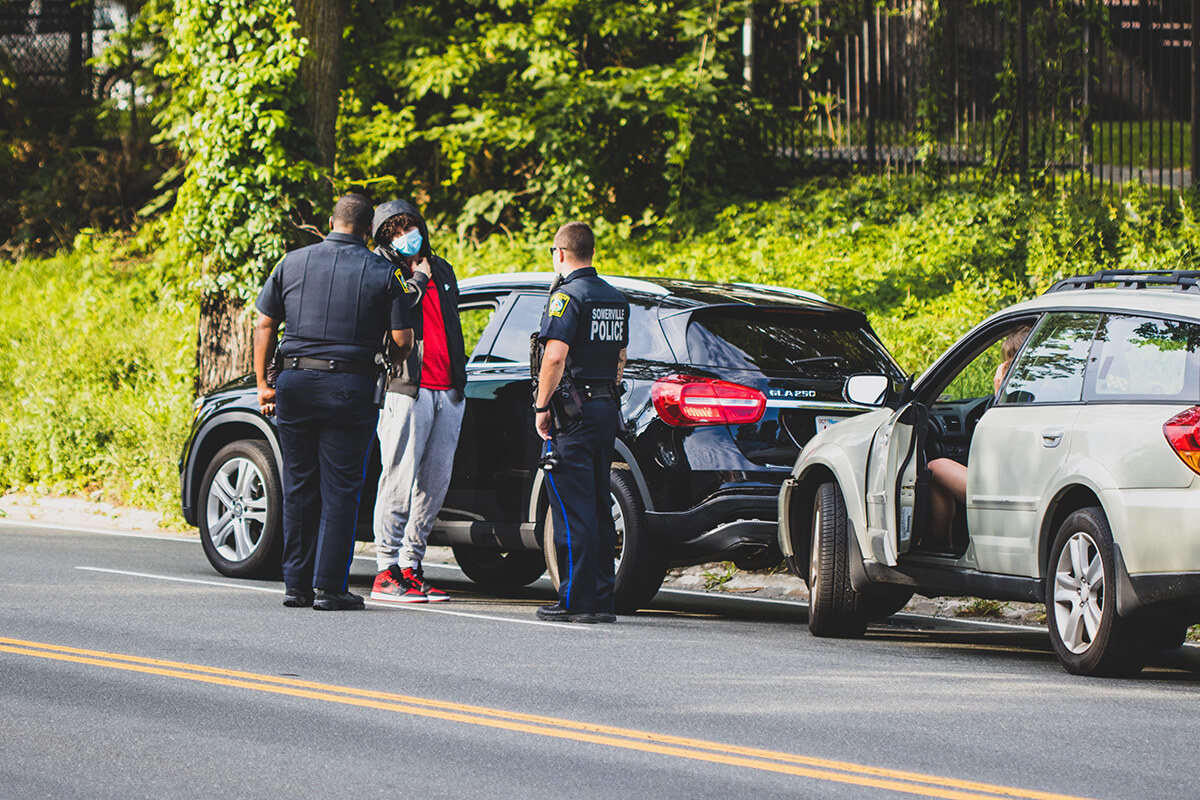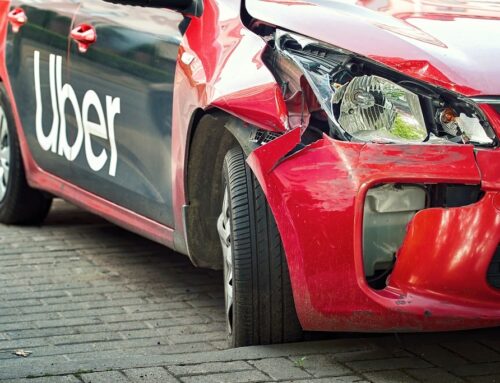Fault is a loaded word in California. Not only is it important to find faults to predict earthquakes, it is also imperative to find who is at fault when there has been a car accident to ensure that the right person is made to pay. But where finding earthquake faults is a science, finding who is at fault in an accident is an art.
So why is finding fault so important? California is what is known as an “at-fault” state meaning that for someone to recover due compensation from their or the other driver’s insurance company, they have to show that the other party was at fault in the accident. Given how expensive car accidents can be it is imperative that the appropriate allocation of fault is made to ensure that no one ends up paying or receiving more than they are responsible for.
This leads to the next question which is who determines who is at fault? Initially, this is done by the police if they are called. For most accidents, the police will investigate the accident and write up an official report. In that report, the officer may give a professional opinion as to who was at fault for the accident. Even if they do not provide this, however, the official report can still be very helpful because it will provide information about the accident including whether any of the drivers violated a provision of the California Vehicle Code. Keep in mind, however, that there are times when the police get it wrong – either because they were given misinformation or were unable to get enough information. This is why it is critical to contact a competent Los Angeles personal injury attorney from the very start, even if you have a police report in hand.
Another arbiter of fault is the insurance company. If you make a claim against the other driver’s insurance policy, the insurer is not going to simply hand over a check. They will conduct their own investigation to determine who was at fault, especially if it means that they may have to pay out on behalf of their insured. The insurer is not necessarily on your side. They are on the side of the other driver and can easily deny that their policy holder was at fault, or they may find that their fault is less than it was meaning you do not get as much money as you were entitled to. Again, this is why it is crucial to have an experienced California personal injury attorney in your corner from the start. In the end, the answer to who caused the accident may be reached using the police report, the insurance company’s investigation, and your attorney’s own fact finding.
Once you determine who caused the accident, there are two ways to show that someone was at fault for an accident: statutory negligence and common law negligence. They are mutually exclusive so each accident will fit into one of the categories but not both.
Statutory Negligence
Of the two, statutory negligence is the easier path because you can make the case by showing that the other party violated a provision of the California Vehicle Code or another law. This is where the police report is particularly useful because it is hard to ignore when an officer notes that the other driver violated a law. Once you have established that the other driver violated a law, the burden of proof shifts squarely on their shoulders to prove that they did not. With a police report saying they did, this could be difficult.
Even without a police report, however, there are other ways to prove that someone violated a law. Many people now drive with cameras in their cars that can also track how fast someone was going – either the driver or the other car. Also, some insurance companies now reward their drivers if they agree to have monitoring equipment in their car that tracks their speed to ensure they are driving safely. If the other driver is using this technology, it is imperative to have a skilled California personal injury attorney on your side to subpoena those records since it is not necessarily a given that the insurance company would hand them over.
Common Law Negligence
The less easy path, but one that may be your only option is common law negligence. This is the standard formula for determining fault in just about every tort.
- You must show that the other driver had a duty to drive with reasonable care, i.e., not speeding, not weaving through traffic, etc.
- You must show that they breached that duty as in they did not drive with reasonable care.
- You must show that their failure to drive with reasonable care was the direct cause of the accident.
- You must show that you were injured by the accident.
Once you have established these four elements, you have established common law negligence on the part of the other driver.
What Is Comparative Fault?
What if you were both somewhat responsible for the accident? This is called comparative fault and lies squarely in the middle of the Venn diagram of statutory and common law negligence. It is also usually why personal injury cases require experienced PI attorneys to sort them out because even what appears to be a straightforward rear-end accident case can turn out to be a comparative fault situation.
Comparative fault is all about apportioning the blame and liability for the accident between and amongst the parties who were involved. It can mean the difference between a 100 percent pay out and a 50 percent pay out if it is determined that your driving also was a factor in the accident. This is where the police reports, insurance investigations, and discovery that your PI attorney performs will go a long way to ferreting out the exact degree of your liability to ensure that you do not lose any more of your payout than you absolutely must.






